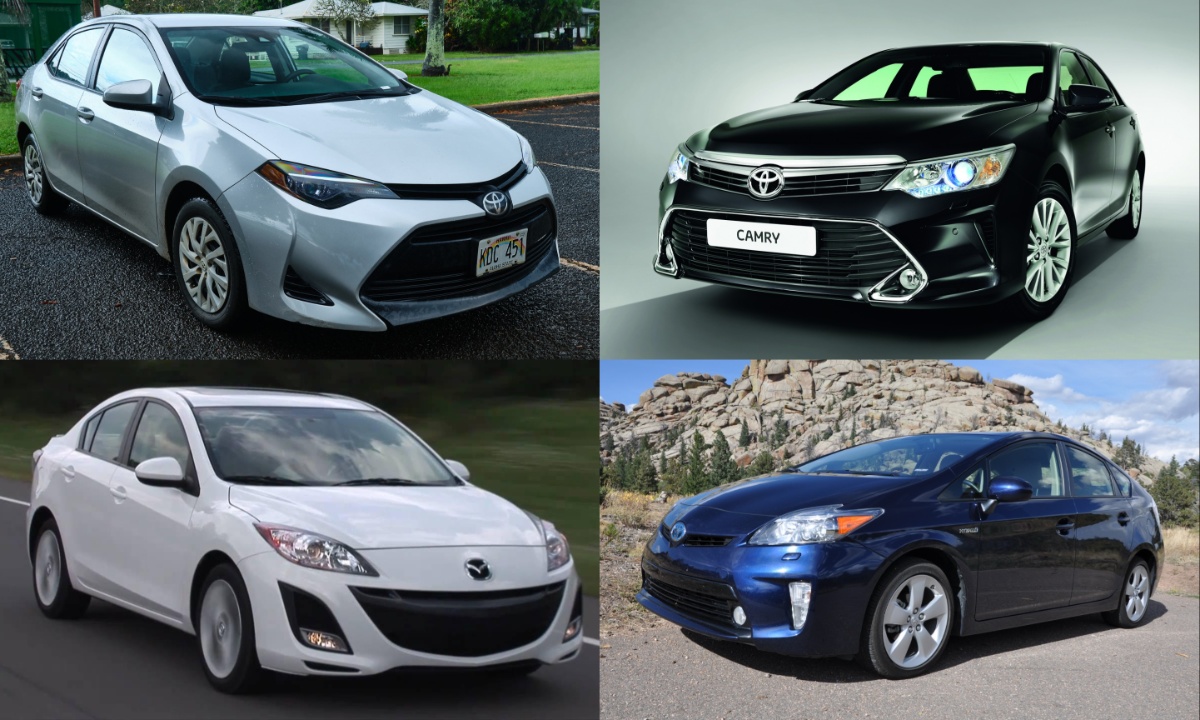The success of Japanese vehicles that “almost never break down” can be traced back to the early 1970s when automakers began focusing on producing dependable, fuel-efficient cars to rival American brands.
Their strategy of prioritizing reliability was more than just a marketing move—it stemmed from an emphasis on precise and efficient manufacturing processes. Every prototype was carefully hand-built before mass production, ensuring the highest standards of quality from the outset.
Unlike their American counterparts, Japanese manufacturers paid meticulous attention to detail, reducing recalls and rework costs, which in turn made their cars more dependable and ultimately more profitable.
This unwavering commitment to over-engineering became the cornerstone of their reputation for reliability, a reputation that still holds true today.
1. 2009 Honda Civic
The 2009 Honda Civic is known for its reliability and affordability, making it a favorite among both families and JDM enthusiasts. With an average yearly maintenance cost of $368 and an estimated 10-year maintenance expense of $5,245, it remains cost-effective to own.
It has a solid J.D. Power reliability score of 83/100, along with high consumer ratings from KBB and Edmunds at 4.5/5. The Civic’s reputation for dependability, combined with its aftermarket tuning potential, has made it one of Honda’s most popular models since its debut in 1972.
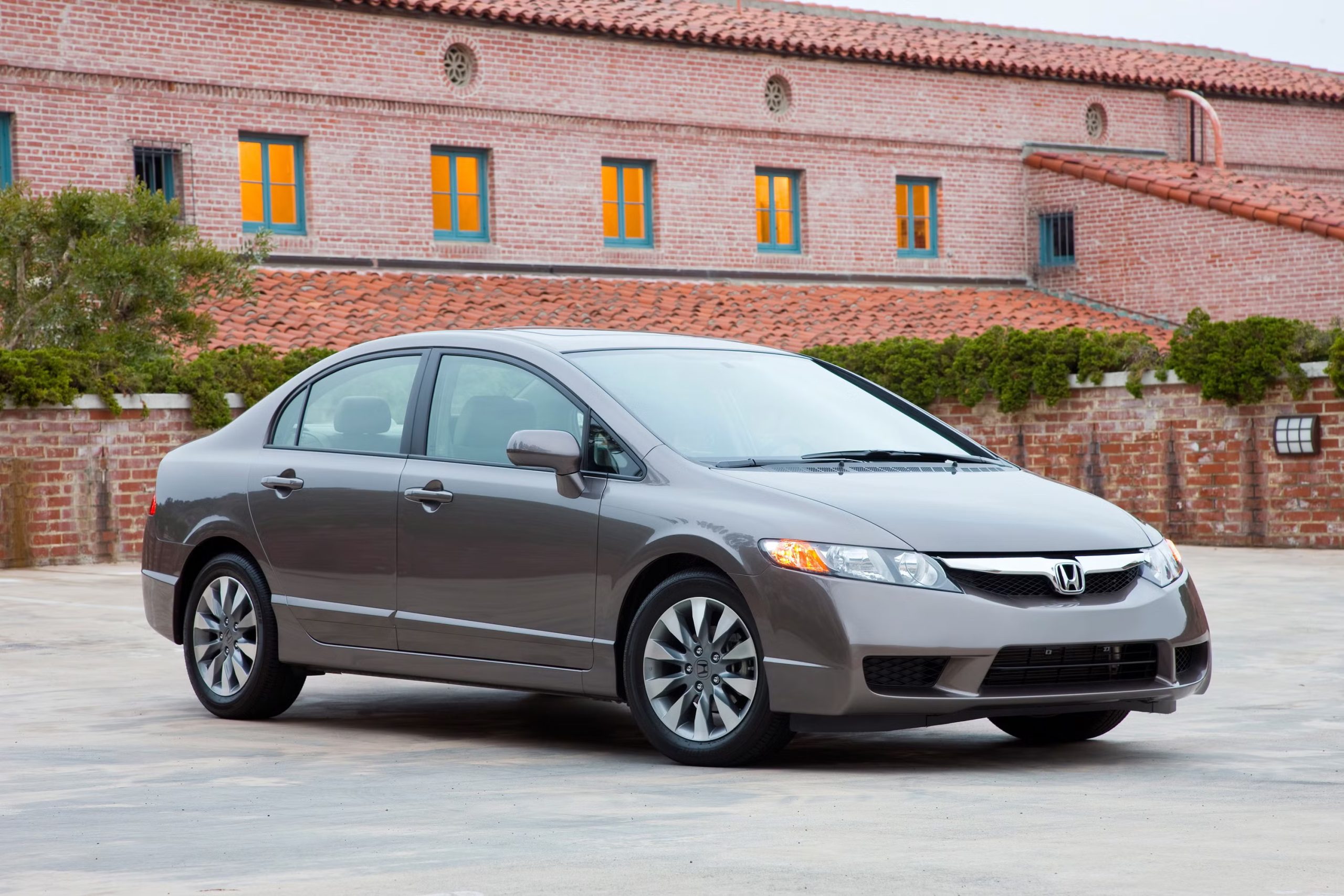
In 2009, the Civic received minor exterior updates and introduced electronic stability control as a standard feature on the hybrid trim.
The lineup included both a hybrid model and two gas-powered variants: a base 1.8-liter 4-cylinder VTEC engine producing 140 hp and 128 lb-ft of torque, and a more powerful 2.0-liter 4-cylinder VTEC engine delivering 190 hp and 139 lb-ft of torque.
These improvements reinforced the Civic’s appeal as a practical yet fun-to-drive compact sedan.
2. 2010 Mazda Mazda3
The 2010 Mazda3 is a reliable and well-regarded compact car, with an average yearly maintenance cost of $433 and an estimated 10-year maintenance expense of $5,409. It has a solid J.D. Power reliability score of 83/100, along with high consumer ratings—4.6/5 from KBB and 4.7/5 from Edmunds.
With only three recalls, the Mazda3 has proven to be dependable over time. Its strong build quality and engaging driving experience have made it a favorite among compact car enthusiasts.
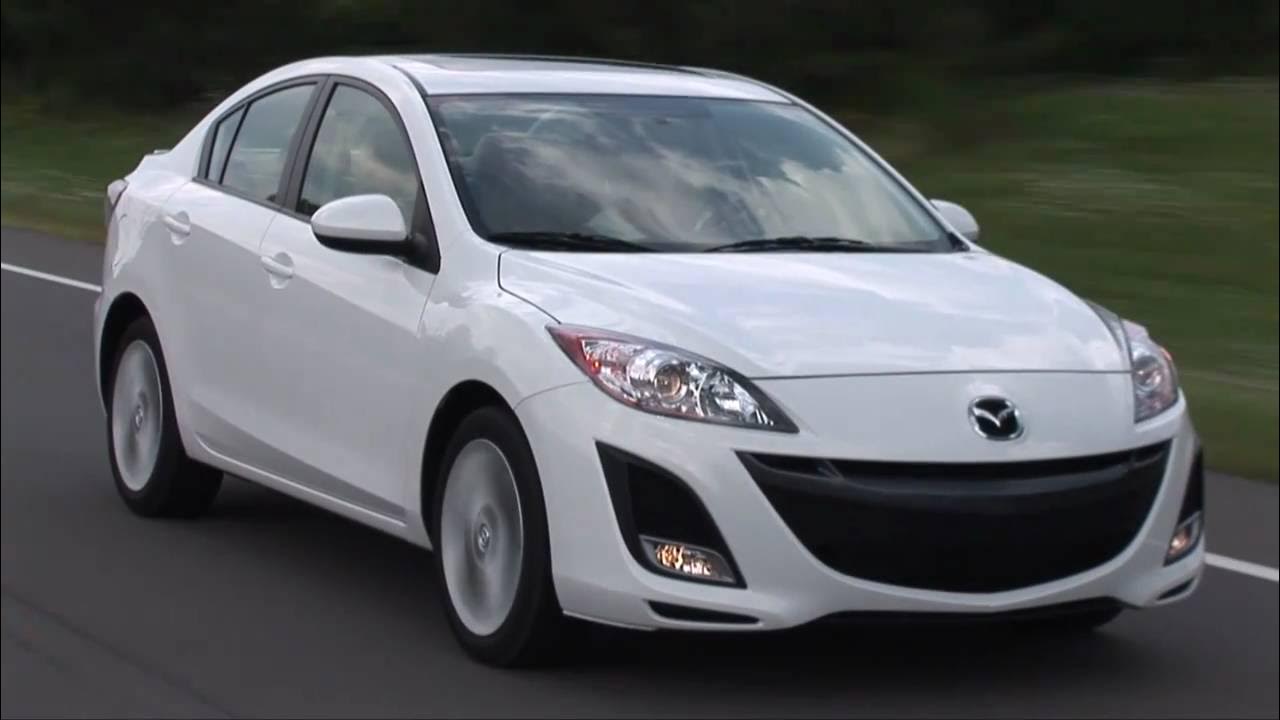
As the first model of the Mazda3’s second generation, the 2010 version introduced a distinctive “happy face” grille design and was available in both sedan and hatchback forms.
It came with two engine options: a 2.0-liter inline-4 producing 148 hp and 135 lb-ft of torque or a more powerful 2.5-liter engine delivering 167 hp and 168 lb-ft of torque.
Mazda infused the Mazda3 with its signature “Jinba Ittai” philosophy— the concept of unity between driver and car—similar to the beloved MX-5 Miata, making it an engaging and fun-to-drive option in the compact segment.
3. 2017 Mazda Mazda6
The 2017 Mazda6 is a reliable and stylish midsize sedan, with an average yearly maintenance cost of $396 and an estimated 10-year maintenance expense of $5,507. It holds a strong J.D. Power reliability score of 84/100, along with positive consumer ratings—4.4/5 from KBB and 4.6/5 from Edmunds.
With just one recall, the Mazda6 has proven to be a dependable choice. Designed to compete with the Toyota Camry and Honda Accord, Mazda positioned the Mazda6 as a premium offering with high-quality interior and exterior styling.
Notable features for the 2017 model year included a standard 7-inch touchscreen infotainment system and the introduction of G-Vectoring Control, which adjusted engine output based on steering inputs for a smoother driving experience.
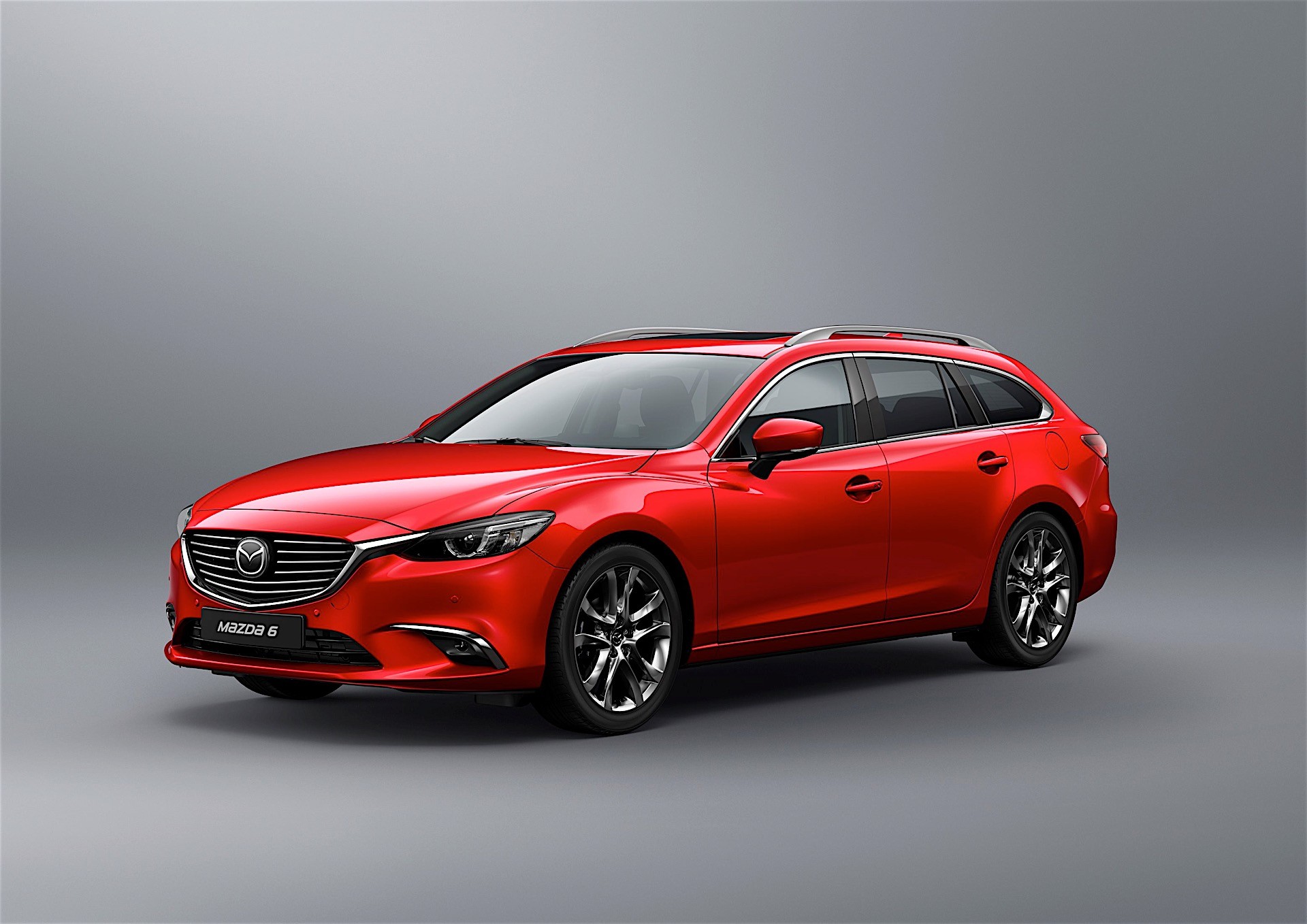
Under the hood, the 2017 Mazda6 came equipped with a 2.5-liter engine producing 184 hp and 185 lb-ft of torque. While its power output may not have excited performance enthusiasts, the car impressed with its fuel efficiency, achieving a combined rating of 31 MPG—comparable to many compact cars.
This balance of efficiency, comfort, and engaging handling made the Mazda6 a compelling choice for drivers seeking a refined yet practical midsize sedan.
4. 2016 Honda Accord
The 2016 Honda Accord is a reliable and well-rounded midsize sedan, with an average yearly maintenance cost of $400 and an estimated 10-year maintenance expense of $5,412. It has a strong J.D. Power reliability score of 84/100 and solid consumer ratings—4.4/5 from KBB and 4.3/5 from Edmunds.
With only two recalls, the Accord continues to be a dependable choice for drivers. Originally debuting in 1976 as a 68-hp three-door hatchback, the Accord has evolved over eleven generations, transitioning from a compact car to a midsize model with sedan, coupe, and wagon variants.
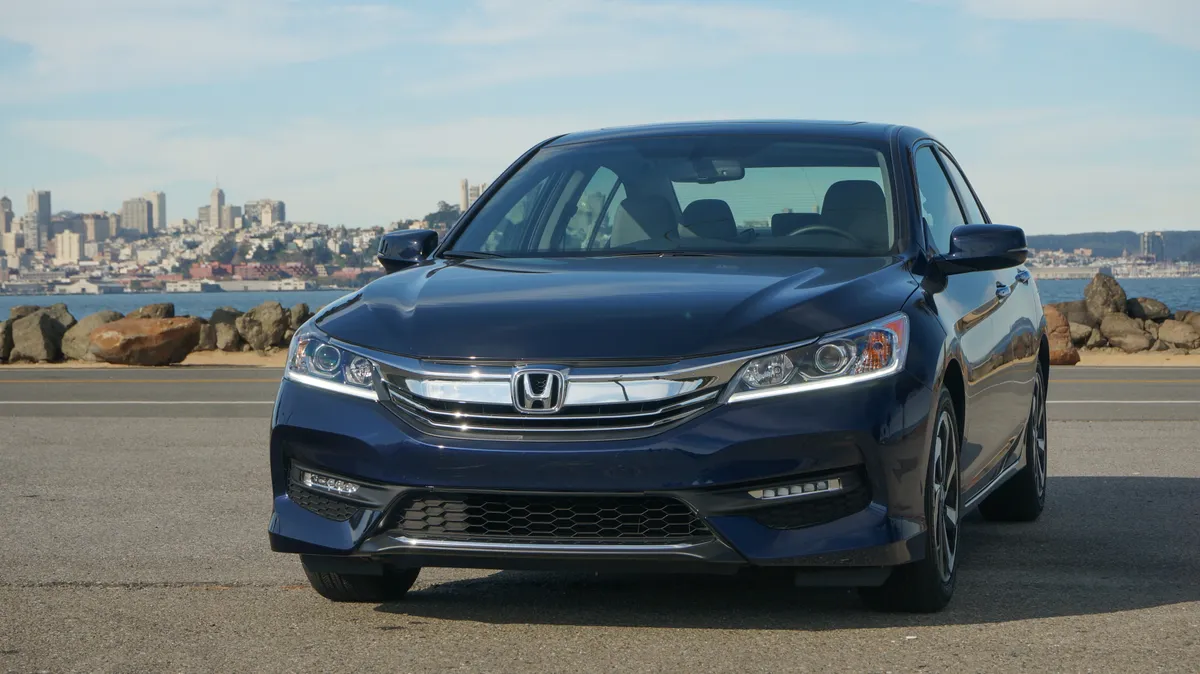
Known for its balance of comfort, convenience, and reliability at an affordable price, the Honda Accord has become one of the longest-running and best-selling car models in America.
In recent years, it has expanded its lineup to include hybrid and plug-in hybrid options, catering to modern fuel efficiency demands. The 2016 model maintains the Accord’s reputation for durability and practicality, making it a top choice for families and commuters alike.
5. 2017 Honda Fit/ Honda Jazz
The 2017 Honda Fit is a highly reliable and affordable subcompact car, with an average yearly maintenance cost ranging from $267 to $326 and an estimated 10-year maintenance expense of $4,915.
It boasts an impressive J.D. Power reliability score of 85/100, along with strong consumer ratings—4.5/5 from KBB and 4/5 from Edmunds. With zero recalls, the Fit has proven to be a trouble-free choice for buyers.
Known as the Honda Jazz in some markets, the Fit debuted in 2001 and quickly gained popularity due to its efficient design, practicality, and fuel economy.
The third-generation model, introduced in 2013, included both gas-powered and electric variants, along with modern tech features like the Honda Connect infotainment system and advanced safety options.
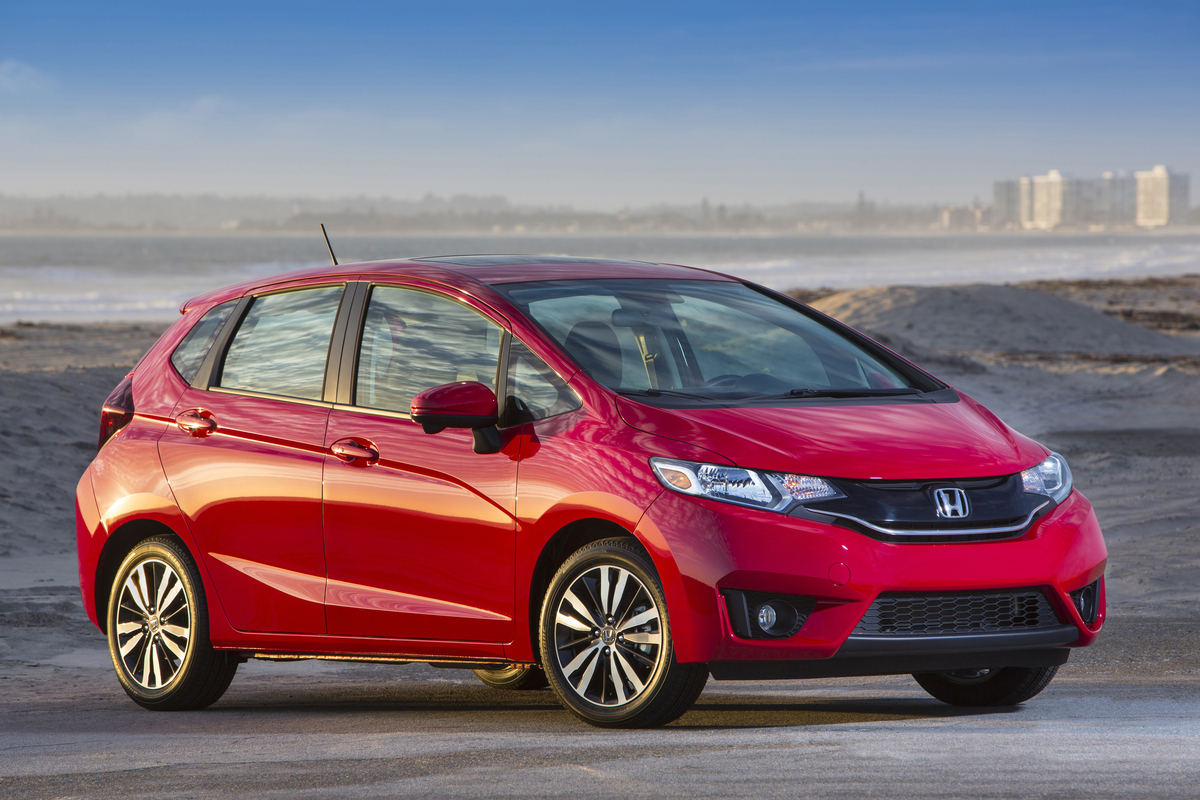
The 2017 Honda Fit carried over from the previous model year with a 1.5-liter 4-cylinder “Earth Dreams” VTEC engine producing 130 hp and 114 lb-ft of torque. By this time, the Fit had refined its design and reliability, making it a standout in the subcompact segment.
With no NHTSA recalls and consistently high ratings, the 2017 Fit solidified its reputation as one of the best subcompact cars available, offering a balance of efficiency, dependability, and versatility.
Also Read: 10 Best Affordable Home Charging Stations for EV Owners
6. 2008 Mazda MX-5 Miata
The 2008 Mazda MX-5 Miata is a highly reliable and well-balanced sports car, with an average yearly maintenance cost of $429 and an estimated 10-year expense of $5,761. It has an excellent J.D. Power reliability score of 86/100, along with strong consumer ratings—4.8/5 from KBB and 4/5 from Edmunds.
With zero recalls, the Miata has proven its dependability over time. Since its debut in 1989, the Miata has become one of the most iconic small roadsters, known for its near-perfect weight distribution and exceptional power-to-weight ratio.
The 2008 model continues this legacy with a 2.0-liter inline-4 engine producing 166 hp and 140 lb-ft of torque, delivering a thrilling and responsive driving experience.
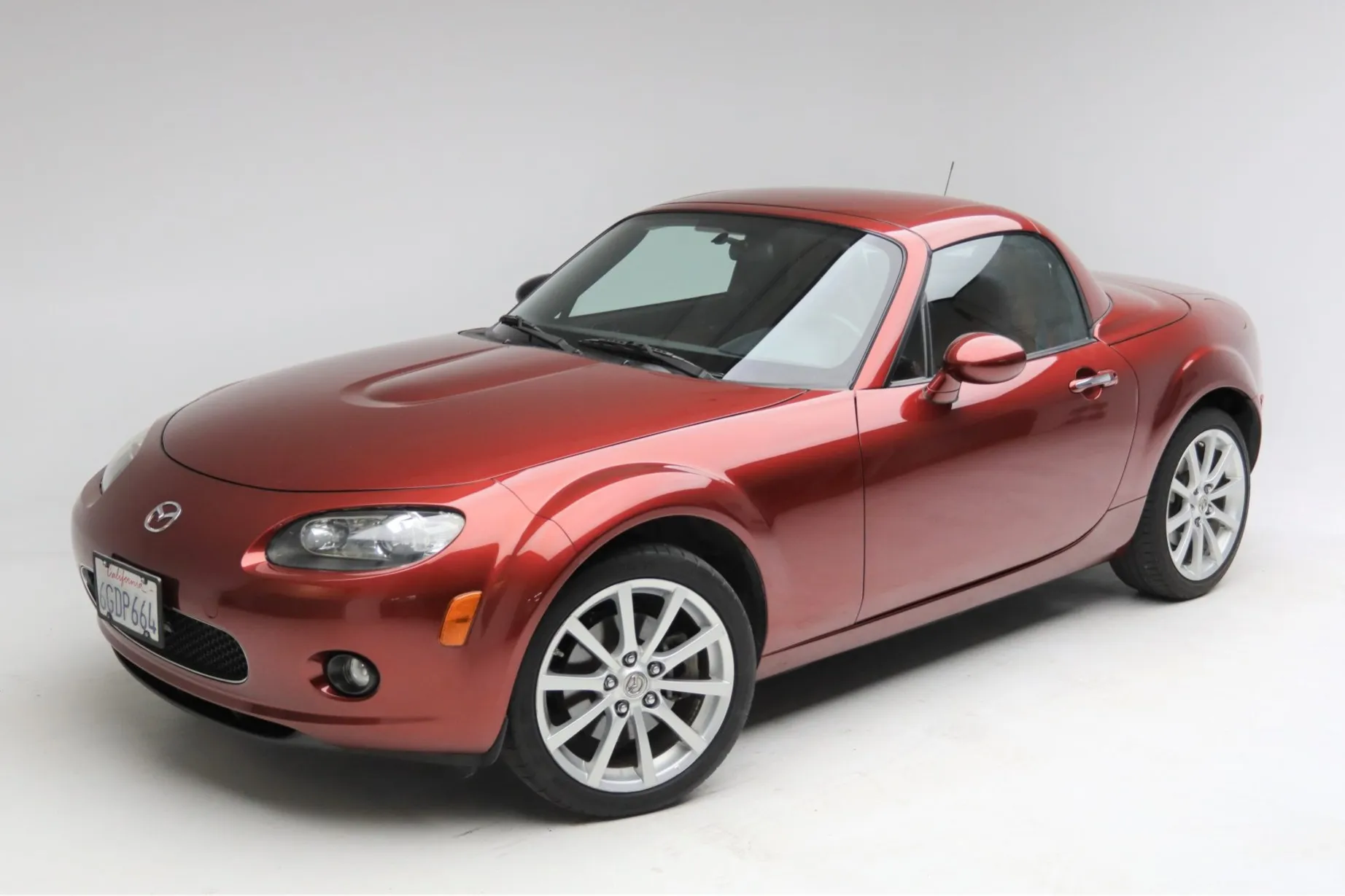
A standout feature of the third-generation MX-5 NC is its power-retractable hardtop, offering the joy of open-air driving without the drawbacks of a traditional soft-top convertible. This innovation made the 2008 Miata even more appealing to enthusiasts seeking both practicality and excitement.
With its lightweight design, agile handling, and proven reliability, the Miata remains a top choice for sports car lovers looking for an engaging and dependable driving experience.
7. 2015 Toyota Prius
The 2015 Toyota Prius is a reliable and efficient vehicle with an average yearly maintenance cost of $421 and an estimated 10-year maintenance expense of $4,008. It has a high J.D. Power reliability score of 88/100, and impressive consumer ratings, with 4.7/5 from KBB and 4.4/5 from Edmunds.
The Prius, as the world’s first mass-produced hybrid car, revolutionized the automotive industry and has since evolved with continuous improvements in hybrid technology. Despite only having two recalls, the Prius remains a dependable choice for eco-conscious buyers.
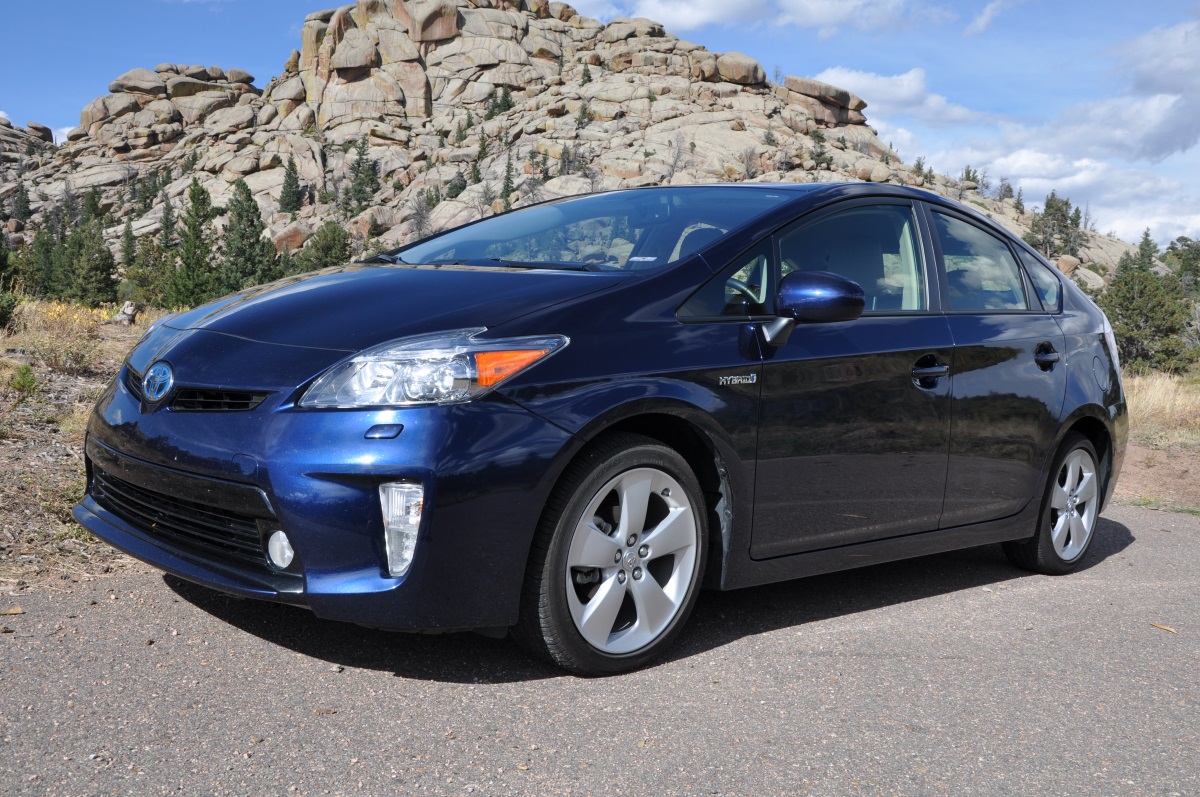
For the 2015 model, the Prius featured a 1.8-liter I4 hybrid engine that produced 134 hp while delivering an impressive 51 MPG in the city. Toyota also offered a plug-in hybrid variant, which retained the same engine but included a larger battery for increased electric driving range.
This plug-in model achieved a remarkable 95 miles-per-gallon equivalent (mpg-e) when operating in EV mode. With its blend of outstanding fuel economy, reliability, and hybrid technology, the 2015 Prius continues to be a top choice for those seeking a sustainable and practical vehicle.
8. 2019 Toyota Corolla
The 2019 Toyota Corolla continues to be a reliable and cost-effective choice, with an average yearly maintenance cost of $381 and an estimated 10-year maintenance expense of $4,087. Despite having six recalls, it holds a strong J.D. Power quality and reliability score of 92/100, and respectable consumer ratings, including 4.3/5 from KBB.
The Corolla’s reputation as one of the world’s best-selling cars stems from decades of proven reliability, practicality, and affordability, making it a trusted name across multiple generations and markets.
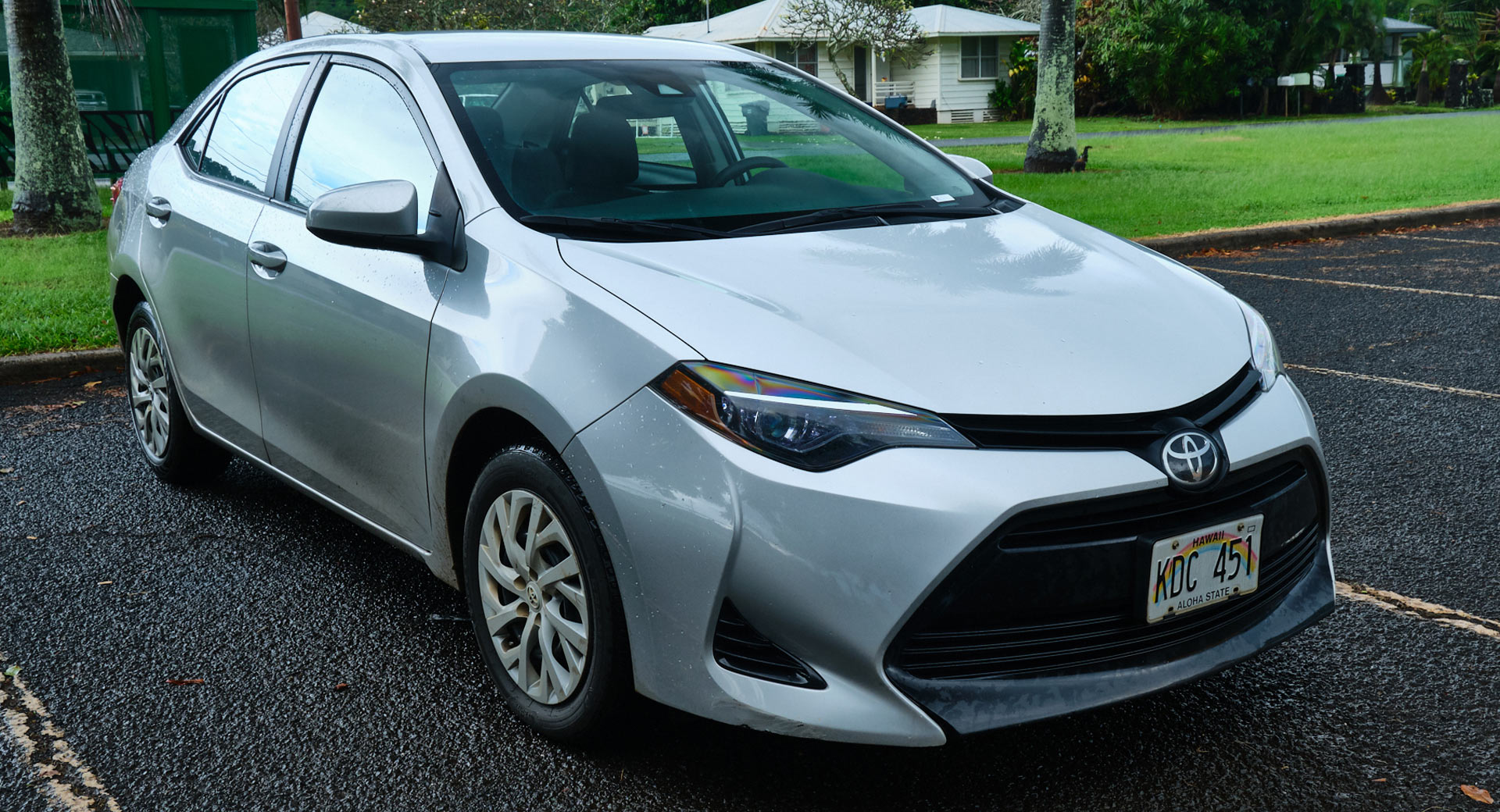
For the 2019 model, the Corolla featured a 1.8-liter I4 engine with varying power outputs, ranging from 132 to 140 hp and 126 to 128 lb-ft of torque. As the final year of its 11th generation, the 2019 Corolla had resolved previous reliability issues, earning it the highest possible score for quality and reliability from J.D. Power.
Its combination of dependable performance, fuel efficiency, and overall value continues to make it a popular choice for consumers seeking a practical and long-lasting compact sedan.
9. 2022 Lexus IS
The 2022 Lexus IS is a luxurious and reliable compact sedan, with an average yearly maintenance cost of $551 and an estimated 10-year maintenance expense of $5,680. It has an impressive J.D. Power quality and reliability score of 92/100, and solid consumer ratings—4.1/5 from KBB and 4.3/5 from Edmunds.
Notably, the IS has had zero recalls, showcasing its reliability. The Lexus IS continues to be a top choice for those seeking a blend of comfort, performance, and long-lasting quality in the luxury compact segment.
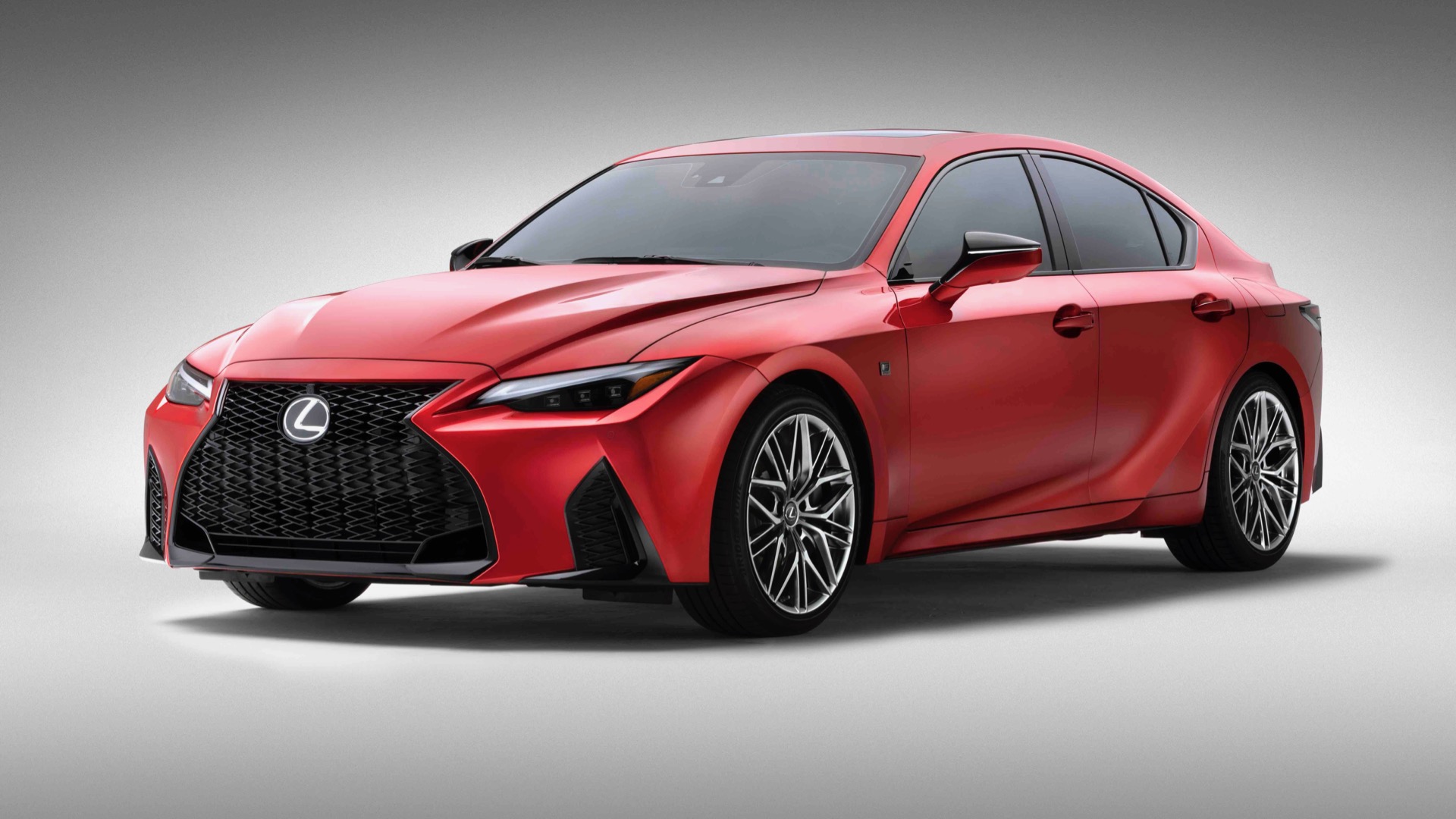
For 2022, the Lexus IS lineup expanded to include the IS 500 F-Sport Performance, which introduced a 5.0-liter V8 engine, elevating the sports sedan experience.
This model, the first to carry the F-Sport Performance badge, offers the power and excitement of the V8 engine from the LC 500 and RC F, combining it with the sporty features of the F-Sport package, such as a sport-tuned suspension and limited-slip differential.
The IS 500 F-Sport Performance represents a significant step up in performance for the IS, making it an appealing choice for driving enthusiasts seeking a compact car with a high-performance edge.
10. 2014 Toyota Camry
The 2014 Toyota Camry is a reliable and cost-effective midsize sedan, with an average yearly maintenance cost of $387 and an estimated 10-year maintenance expense of $4,203.
With only three recalls, the Camry maintains a strong reputation for dependability, further supported by an impressive J.D. Power quality and reliability score of 92/100. It also holds solid consumer ratings, including 4.4/5 from KBB and 4.1/5 from Edmunds.
The Camry has long been a favorite among American families, known for its practicality and longevity, making older model years like the 2014 an appealing choice on the used car market.
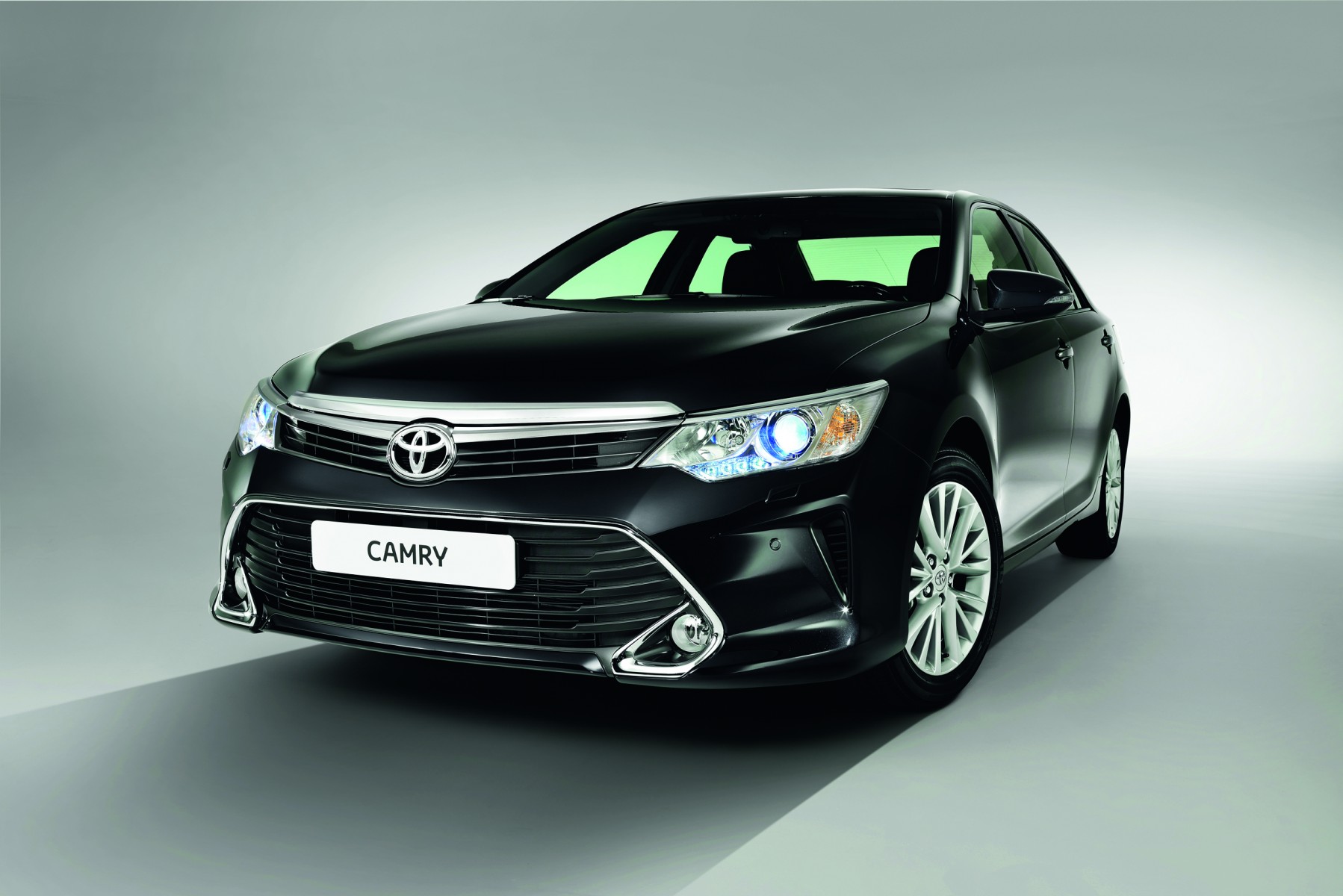
For the 2014 model year, the Camry offered a range of engine options, including a 2.5-liter I4 engine producing 178 hp and 170 lb-ft of torque, a 3.5-liter V6 engine with 268 hp and 248 lb-ft of torque, and a 2.5-liter hybrid system with a total output of 200 hp.
These diverse options provided buyers with flexibility in performance and fuel efficiency, catering to a wide variety of driving preferences. The 2014 Camry’s combination of reliability, versatility, and performance helped solidify its place as one of the best-selling family sedans in America.
Japanese vehicles have earned a well-deserved reputation for reliability, and many of their models have stood the test of time with minimal breakdowns. From the early 1970s, Japanese automakers focused on producing dependable, fuel-efficient vehicles that could compete globally.
Their attention to detail in the manufacturing process, combined with a commitment to over-engineering, led to cars that rarely break down. Over the decades, models like the Honda Civic, Toyota Prius, and Mazda MX-5 Miata have continued to build upon this legacy, offering owners long-lasting durability and low maintenance costs.
This focus on quality and longevity has made Japanese cars favorites among consumers, especially those seeking practical, cost-effective vehicles.
The models highlighted in this list—such as the 2009 Honda Civic, 2010 Mazda3, 2017 Mazda6, and 2014 Toyota Camry—are prime examples of Japanese vehicles that rarely fail to impress.
Each of these cars showcases the perfect balance of reliability, performance, and efficiency, with many offering low annual maintenance costs and minimal recalls. From sporty roadsters like the Miata to family-friendly sedans like the Camry and Civic, Japanese automakers have consistently delivered vehicles that stand out for their dependability and overall value.
Whether you’re looking for a compact sedan, a fun-to-drive hatchback, or a fuel-efficient hybrid, these cars remain some of the best choices on the market for anyone seeking a vehicle that almost never breaks down.
Also Read: 10 Cars That Still Run After Neglect and Abuse Due To Enhanced Durability

